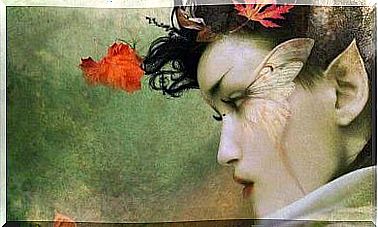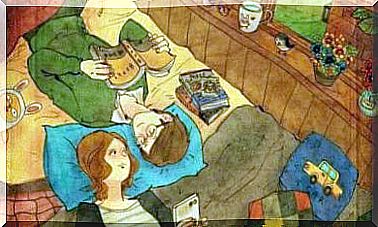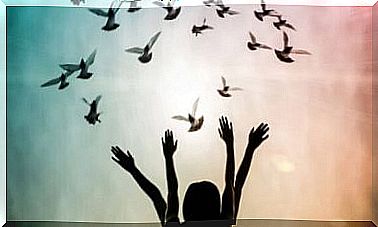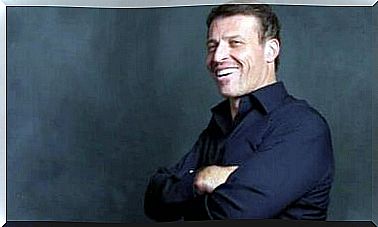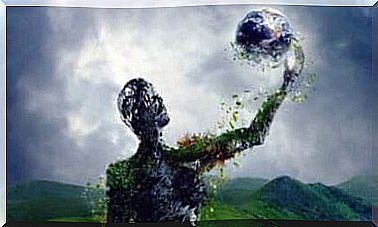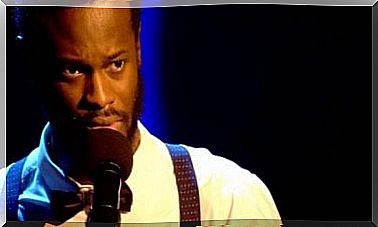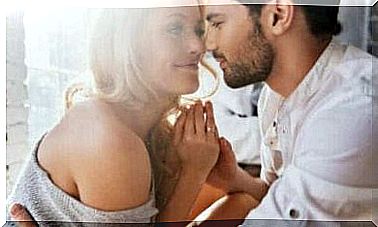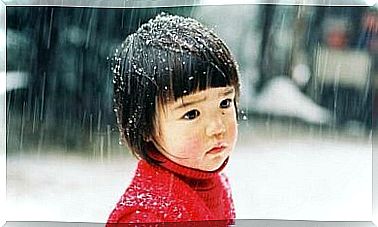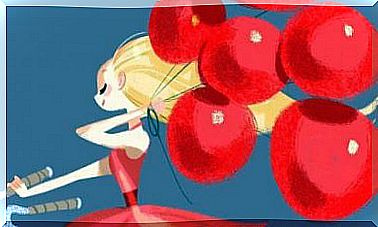The Body Language Of Anxiety: The Signs Of This Condition
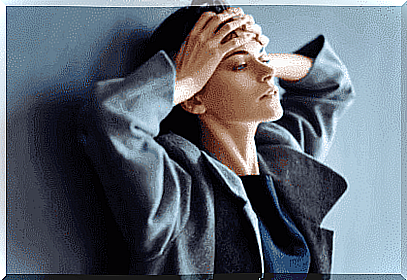
All human emotions and states of mind are shown through our attitude and expression in one way or another. Conditions such as joy or fear have a body language, but it also has anxiety and depression. In addition, we are all capable of reading this language without even realizing it. Today we will talk specifically about the body language of anxiety.
This bodily communication sets the tone for our interaction with others, such as spontaneity, tension, indifference or a specific feeling. What we express in words is only part of our communication. Body language is a deeper part of it.
The body language of anxiety involves many things that express nervousness or discomfort. It is especially noticeable in our face, the movements of our hands and feet and our general posture. Today we will take a closer look at this specific form of body language.
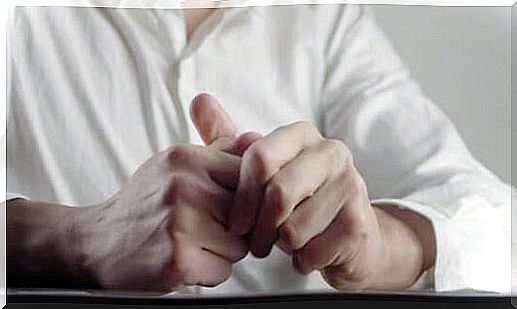
Our hands are a big part of the body language of anxiety. One thing that will always reveal this emotional state is when you are constantly hiding your hands. Keeping your hands visible has always been a sign of peace, agreement and friendship. It shows that you have nothing to hide and that you do not carry a weapon or anything else that can be used to harm someone.
We subconsciously let our hands be visible when we are calm. On the other hand, if we are afraid, distrustful or want to express reservations, then we hide them. You might put them in your pockets, behind your back, under the table, and so on.
Your eyes are the mirror of your soul. If you are anxious, your whole body and face will be stiff. You also wrinkle your eyebrows. People may ask if you are in a bad mood or worried if you have this facial expression. This expression can also make people think that you are a serious person.
There is a special look that shows anxiety. It involves a combination of a fixed stare and random downward glances. The specific levels of staring and looking down vary from person to person but these are the two main signs of anxiety.
Remember that anxiety means feeling constantly anxious, but often in a vague, undefined way. It also leads to irritation and intolerance towards one’s surroundings. Hence the constant staring, which conveys aggression, and the downward gaze, which is a sign of introspection.
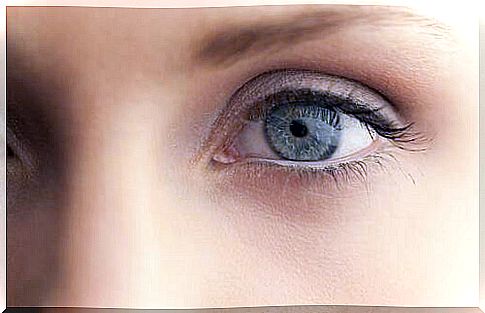
Biting is another typical sign of anxiety. One of the most common forms of this is biting the nails. Of course, not everyone does, but they can bite or chew on other things such as pencils, erasers or anything else they have on hand. Biting on the lips is common, as is chewing gum. All of this can be a sign of discomfort.
Another revealer is constant, compulsive movements. For example, the classic legs crossed with a swinging foot or to constantly fiddle with something in the hand. It can also take the form of a tick, such as drumming with fingers or feet. All these movements show discomfort and restlessness.
Another strange thing about anxiety is that it is very contagious, especially if people around you are tense. This is what makes the body language of anxiety more than an anecdote. It is a physical sign of anxiety. This means that you have unresolved problems to work with.

